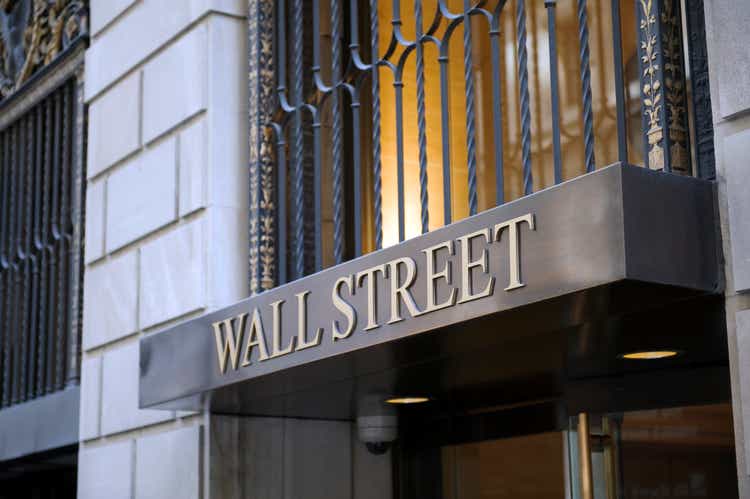Nasdaq, S&P, Dow futures turn lower after SVB fallout, government measures
kevinjeon00
U.S. stock futures on Monday pointed to a lower open, as market participants digested the fallout from the Silicon Valley Bank (SVB) saga which included measures taken by U.S. regulators to shore up confidence in the financial sector.
Nasdaq 100 futures (NDX:IND) slipped 0.19%. S&P futures (SPX) were lower by 0.84%, while Dow futures (INDU) were down 0.97%.
Last week, headlines were dominated by woes in the financial sector after the liquidation of crypto-friendly bank Silvergate (SI) and the collapse of SVB, which is owned by parent firm SVB Financial (SIVB). SVB's closure marked the second-largest bank failure in U.S. history after the 2008 cratering of Washington Mutual.
Over the weekend, another major financial institution in the form of Signature Bank (SBNY) was taken over by New York regulators to protect depositors.
The Federal Reserve on Sunday moved to stem fears of a wider contagion spreading through the financial sector due to the collapse of SVB and Signature Bank (SBNY). The central bank's board said it would make additional funding available to eligible depository institutions and is prepared to address liquidity pressures that may arise.
Treasury yields continued their slide on Monday. The 10-year Treasury yield (US10Y) fell 19 basis points to 3.51% and the 2-year yield (US2Y) fell a whopping 44 basis points to 4.15%.
"At first glance, it may seem a bit incongruous that the Fed’s been laboring to tighten financial conditions, and then at the first hint of stress, it pulls out the stops to prevent that from metastasizing further," JPMorgan's Michael Feroli said in a research note on Sunday.
'While the Fed wants tighter financial conditions to restrain aggregate demand, they don’t want that to occur in a non-linear fashion that can quickly spiral out of control, perhaps to the detriment of the taxpayer. And while they want credit to become more expensive, they shouldn’t want creditworthy borrowers to be shut out at any price. If they indeed have used the right tool to address financial contagion risks (time will tell), then they can also use the right tool to continue to address inflation risks—higher interest rates. So, we continue to look for a 25bp hike at next week’s meeting," Feroli added.
Traders have once again rushed to recalibrate their expectations for further Fed rate hikes and are reassessing the central bank's willingness to possibly threaten financial instability with continued interest rate increases.
According to the CME FedWatch tool, markets are now pricing in a 96.7% probability of a 25 basis point hike at the monetary policy committee meeting later this month, and a very small 3.3% probability of no hike at all. To get an idea of just how much rate hike expectations have been adjusted, only last week markets were seeing an 80% chance of a 50 basis point hike at the March meeting.
Now read SA contributor Richard Parsons' initial post-mortem analysis of the Silicon Valley Bank failure.